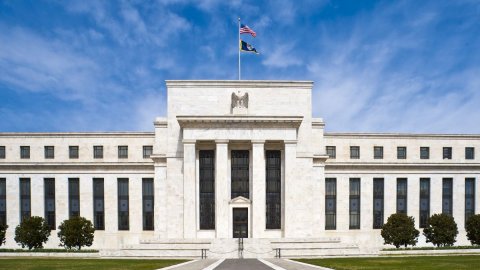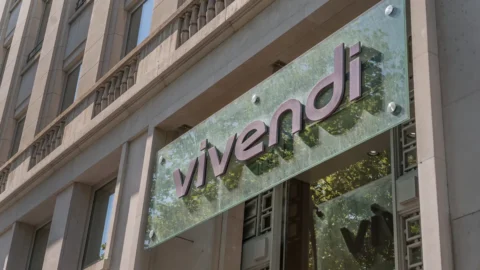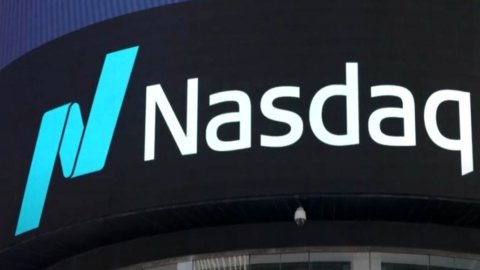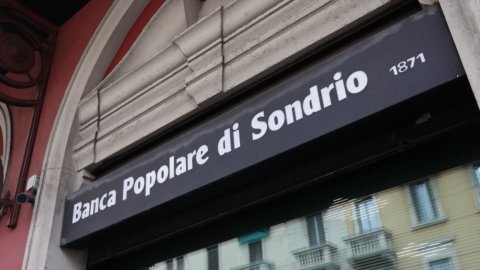On the occasion of the symposium of Jackson Hole, the Federal Reserve has clearly communicated its intention to raise rates and, above all, to keep them high, for most of 2023. The market, on the other hand, was convinced that as early as next spring the Fed, reassured by the performance of the inflation and concerns about the prospects for growth and employment would have triggered a cycle of rate cuts. For this reason, for some time, the market it will no longer touch the recent highs which saw the Standard and Poor's index exceed 4300 for a few hours. M will not even revisit the June lows of 3666 basis points in the immediate future. They are the words of Alessandro Fugnoli, Kairos Strategist, who analyzes the current macroeconomic scenario in his monthly podcast Al 4° piano, entitled: “THE NERVOUS BALANCE OF THE STOCK EXCHANGES: halfway between the lows of June and the highs of August".
The market's mistake: anticipating the recession but also the recovery times
According to Fugnoli, this is the mistake that the market has made and continues to make: imagining the recession many months in advance of reality and consequently, erroneously anticipate the timing of the recovery.
In practice, the market got too worried in the first half of 2022 and convinced itself that it was already in a recession when in reality we have only seen a manufacturing slowdown due to excess inventories, while services, which make up three-quarters of advanced economies, continued to do well.
In return, the market has worried too little about 2023, which it has imagined as a year of recovery when in fact it will be the year in which the recession will really unfold its effects.
If this scenario is correct, however, the market also won't have a reason to jump right back towards the June lows, provided US inflation continues the rapid decline we have begun to see.
Nervous equilibrium of stock exchanges: the differences between Europe and America
Unfortunately, Europe is in a different situation. While America is in fact self-sufficient energy, Europe is entering a crisis due to both scarcity and precariousness and the cost of energy sources.
The consequence of this situation is that theinflation European Union, unlike the American one, will grow further in the next few months and will start to fall only in 2023. Such high inflation will force the European Central Bank to raise rates anyway even with an economy already close to recession.
Equity continues to be a defense because of its real value
THEEuropean equity it is already discounting the difficult prospects for next winter and is prudently holding valuation levels lower than those of the American market. However, those investing in Europe will do well to introduce a second level of prudence and to focus on the most solid companies.
Some relief will come to Europe from weakness of the euro, which will continue for some time in its acute form and which will however become structural if the current account balance of the eurozone, historically in strong surplus, will continue to be weakened in the next few years by the high costs of imported energy.
2023 will offer many interesting buying opportunities on global stock markets. To be able to exploit them, it will be good to create the necessary liquidity by lightening positions at times when the markets will celebrate the decline in US inflation.
However, these lightening should not be too aggressive. As the experience of the seventies teaches us, says Fugnoli, in periods of turbulence and instability the share still represents a defense thanks to its real value.





